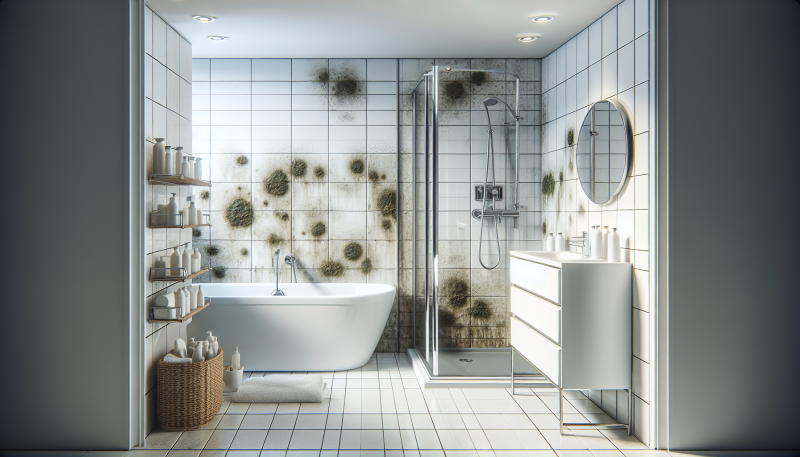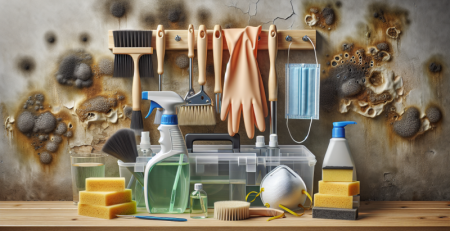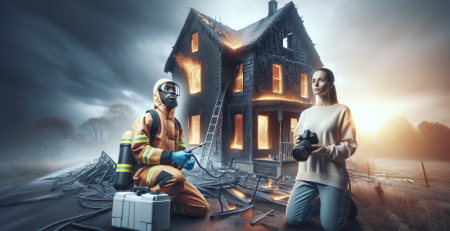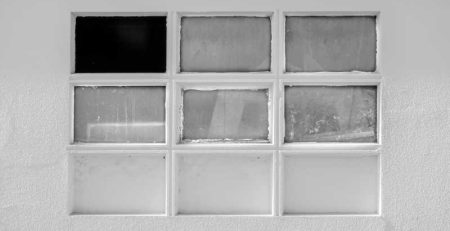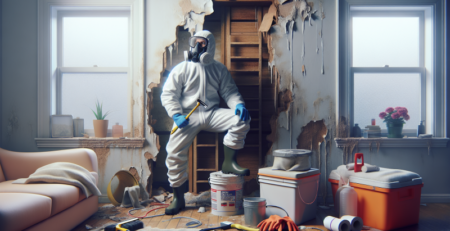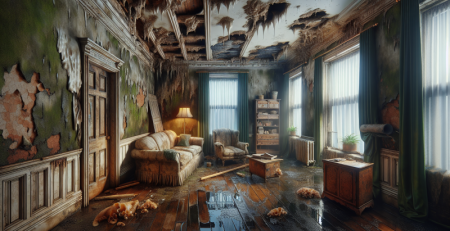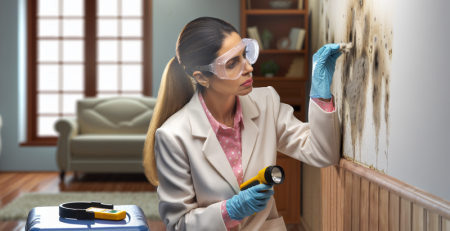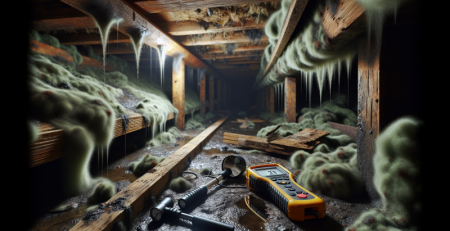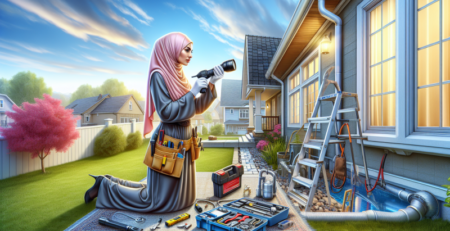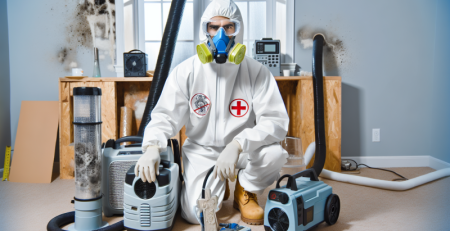Mold in Your Bathroom: Identification and Removal
Bathrooms are notorious for being the perfect breeding ground for mold. With all that moisture and humidity, it’s no wonder that homeowners often find themselves battling this unwelcome intruder. In this article, we’ll explore how to identify mold in your bathroom, the best methods for removal, and why you might want to consider professional restoration services. So, grab a cup of coffee, and let’s dive in!
Understanding Mold: What Is It and Why Does It Grow?
Mold is a type of fungus that thrives in damp environments. It reproduces through tiny spores that float in the air, and when these spores land on a moist surface, they can begin to grow. In bathrooms, mold can often be found on tiles, grout, and even behind walls if there’s been water damage. But why is it so important to address mold growth? Well, aside from being unsightly, mold can pose serious health risks, especially for those with allergies or respiratory issues.
So, what causes mold to flourish in your bathroom? Here are a few common culprits:
- High humidity levels
- Leaky pipes or fixtures
- Inadequate ventilation
- Water damage from previous incidents
If you suspect mold is lurking in your bathroom, it’s crucial to act quickly. Not only can mold damage your property, but it can also lead to costly fire damage repair if left unchecked. For those in need of water damage restoration in New Jersey, Kraus Restoration is here to help with our 24/7 emergency services.
Identifying Mold in Your Bathroom
So, how do you know if you have mold in your bathroom? Here are some telltale signs to look out for:
- Visible Growth: This is the most obvious sign. Mold can appear in various colors, including black, green, or even white. Look for patches on walls, ceilings, and around fixtures.
- Musty Odor: If your bathroom has a persistent, musty smell, it could be a sign of mold growth.
- Water Stains: Discoloration on walls or ceilings can indicate water damage, which often leads to mold.
If you notice any of these signs, it’s time to take action. Ignoring mold can lead to more extensive damage and costly repairs. For those in Central and Northern New Jersey, our mold cleanup services are designed to tackle these issues head-on.
How to Remove Mold: DIY vs. Professional Help
When it comes to removing mold, you have two main options: DIY methods or hiring professionals. Let’s break down both approaches.
DIY Mold Removal
If the mold growth is minimal, you might consider tackling it yourself. Here’s a simple step-by-step guide:
- Gather Your Supplies: You’ll need gloves, a mask, a scrub brush, and a cleaning solution (like vinegar or a commercial mold remover).
- Ventilate the Area: Open windows and doors to ensure proper airflow.
- Scrub the Affected Areas: Apply your cleaning solution and scrub the moldy areas thoroughly.
- Dry the Area: Make sure everything is completely dry to prevent future growth.
While DIY can be effective for small patches, it’s important to note that larger infestations may require professional intervention. If you’re dealing with extensive mold, it’s best to call in the IICRC certified experts at Kraus Restoration.
When to Call Professionals
So, when should you consider hiring professionals for mold cleanup in New Jersey? Here are a few scenarios:
- The mold covers a large area (greater than 10 square feet).
- You suspect mold behind walls or in hidden areas.
- You have health concerns or allergies that could be exacerbated by mold exposure.
In these cases, it’s wise to seek out professional restoration services. Kraus Restoration offers rapid response restoration to ensure your home is safe and mold-free. Our team is equipped to handle even the toughest mold challenges.
Preventing Mold Growth in Your Bathroom
Once you’ve dealt with mold, the last thing you want is for it to return. Here are some effective prevention tips:
- Improve Ventilation: Use exhaust fans during and after showers to reduce humidity.
- Fix Leaks Promptly: Address any plumbing issues immediately to prevent water accumulation.
- Regular Cleaning: Keep your bathroom clean and dry. Regularly check for signs of mold.
By taking these proactive steps, you can significantly reduce the chances of mold returning. Remember, prevention is always better than cure!
Conclusion
Mold in your bathroom can be a frustrating and potentially dangerous issue. By understanding how to identify mold, knowing when to tackle it yourself, and recognizing when to call in the professionals, you can keep your bathroom safe and healthy. If you find yourself in need of property damage restoration in New Jersey, don’t hesitate to reach out to Kraus Restoration. We’re here to help with 24/7 emergency services and a team of IICRC certified experts. Call us at (973) 886-2021 for assistance!
FAQs
What are the health risks associated with mold exposure?
Mold exposure can lead to various health issues, including respiratory problems, allergies, and skin irritation. Individuals with asthma or weakened immune systems are particularly vulnerable.
How can I tell if the mold is toxic?
While not all mold is toxic, certain types, like black mold, can be harmful. If you suspect toxic mold, it’s best to consult with a professional for testing and removal.
Can I paint over mold?
No, painting over mold is not a solution. It may hide the problem temporarily, but the mold will continue to grow underneath. Proper removal is necessary before painting.
How often should I check for mold in my bathroom?
It’s a good idea to check for mold regularly, especially after heavy rainfall or if you notice any leaks. A monthly inspection can help catch issues early.
What should I do if I find mold behind my bathroom walls?
If you suspect mold behind walls, it’s best to contact a professional restoration service. They can assess the situation and safely remove the mold without causing further damage.
